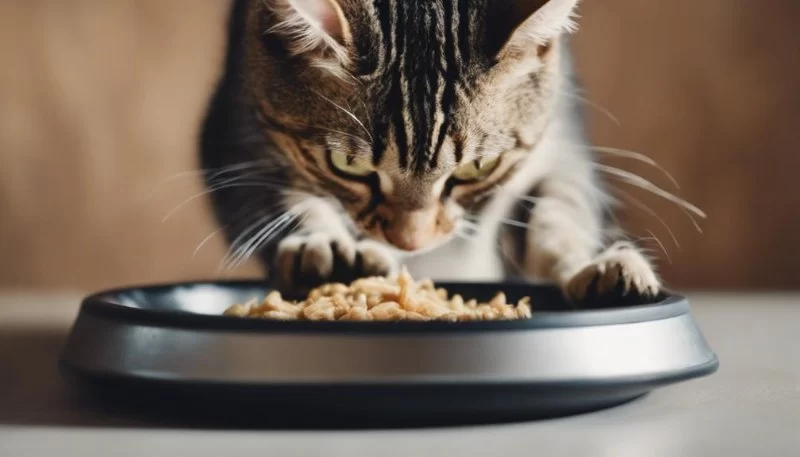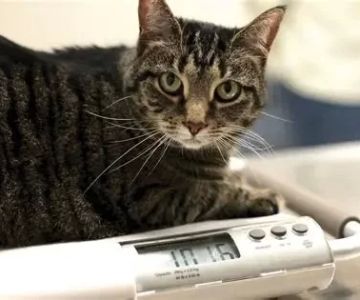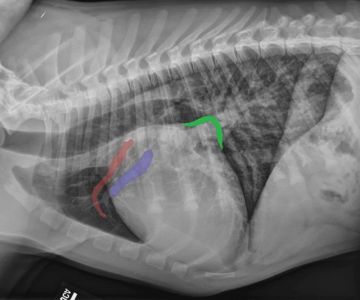1-Understanding-Normal-Cat-Play-and-Why-It-Matters
2-Key-Signs-of-Normal-Play-Behavior-in-Cats
3-Recognizing-When-Cat-Play-Behavior-Becomes-Concerning
4-Real-Life-Story-A-Surprise-Play-Session-Gone-Wrong
5-How-to-Encourage-Healthy-Play-and-Manage-Rough-Edges
6-When-to-Consult-a-Veterinarian-or-Behaviorist
1. Understanding Normal Cat Play and Why It Matters
As a cat owner, you’ve probably watched your feline leap at a feather toy or stalk the beam of a flashlight—and wondered, “Is this just play?” The good news: what you’re observing is likely part of healthy feline instinct. Recognizing proper cat play behavior helps you understand your pet’s mental and physical wellness.
Normal play enables your cat to mimic their ancestral hunting techniques—stalking, pouncing, and chasing—while staying safe indoors. According to experts, play is not just entertainment—it’s essential for well-being, especially for cats who spend a lot of time inside. :contentReference[oaicite:0]{index=0}
2. Key Signs of Normal Play Behavior in Cats
When it comes to identifying healthy cat play behavior, pay attention to these indicators:
2.1 Relaxed Body Language and Turn-Taking
A playing cat often shows a loose posture, ears forward or sideways, and maybe a softly swishing tail. When two cats wrestle, you’ll often see turn-taking and brief pauses—this helps differentiate playful interaction from tension. :contentReference[oaicite:1]{index=1}
2.2 Soft Bites, Pouncing, and Stalking Toys
Typical play includes batting at toys, chasing interactive objects, or gently pouncing. These behaviors mimic hunting and are part of normal cognitive and physical stimulation. :contentReference[oaicite:2]{index=2}
2.3 Vocalizing and Social Engagement in Play
During play your cat may chirp, meow, or even make playful squeals. These are different from aggressive growls or hisses. The key: they occur in relaxed, engaged moments—not moments of tension. :contentReference[oaicite:3]{index=3}
3. Recognizing When Cat Play Behavior Becomes Concerning
Even the most routine play can veer into concerning territory if misinterpreted or unmanaged. Knowing the difference is important for both your safety and your cat’s comfort.
3.1 Posture, Ear Position and Tail Movement
Signs like ears flattened, tail lashing, or a rigid body indicate heightened arousal or aggression—not simple play. For example, if a cat moves quickly from relaxed batting to gaping claws and no pause, that’s red alert. :contentReference[oaicite:4]{index=4}
3.2 One-Sided Play or Lack of Breaks
In normal cat play behavior, both participants (or cat plus toy) should get turns. When one cat dominates, or play becomes non-reciprocal, it may indicate misdirected energy or underlying stress. :contentReference[oaicite:5]{index=5}
3.3 When Toys and Humans Become “Prey”
A concerning sign: your hand or arm becomes a target instead of the toy. While a cat playing with you is fine, scratching or biting the skin suggests you and the object of play may have become blurred in the cat’s mind. Experts at VCA Hospitals say this can be a form of redirected predatory behavior. :contentReference[oaicite:6]{index=6}
4. Real-Life Story — A Surprise Play Session Gone Wrong
I once had a client whose two young cats suddenly turned a routine play-hour into something sharp and startling. The larger cat pinned the younger one continuously, and the younger emitted a hiss. Initially the owner thought it was just spirited fun, but when the younger cat started hiding, the pattern spelled out something different: the play had escalated to dominance. The owner reached out for professional help, and the behaviorist identified overstimulation combined with mismatched ages. They introduced separate playtimes and new interactive toys—and now the cats chase each other without incident.
This story shows how what looks like normal cat play behavior can shift into concerning patterns if not monitored closely. Early intervention saved the relationship (and the furniture!).
5. How to Encourage Healthy Play and Manage Rough Edges
Promoting healthy play in cats isn’t just fun—it’s essential. Here’s how to support good behavior while reducing risk.
5.1 Use Interactive Toys, Not Your Hands
Always direct play toward toys—wands, feather teasers or interactive balls. According to guides, play attacking human hands can lead to confusion and unwanted biting. :contentReference[oaicite:7]{index=7}
5.2 Schedule and Rotate Play Sessions
A 10-15 minute session twice a day keeps energy from misdirecting into problematic behavior. Vary the toys to maintain novelty‐focus. :contentReference[oaicite:8]{index=8}
5.3 Recognize Overstimulation Cues and Pause
When your cat starts tail twitching, ears flattening, or pupil dilation, end the session. Redirect to calmer activity or a separate toy to prevent escalation. :contentReference[oaicite:9]{index=9}
If you're observing repeated rough play evolving into aggression, consider expert help from Hidden Brook Veterinary to get tailored behavioral advice and safe monitoring tools.
6. When to Consult a Veterinarian or Behaviorist
Knowing when to reach out to a professional is part of responsible pet ownership. Seek help when you notice persistent troubling behaviors that don’t resolve with redirection.
If your cat shows repeated aggressive play, serious injuries (scratches, bite wounds), or you suspect medical issues contributing to behavior—book an assessment with Hidden Brook Veterinary. They can evaluate health, rule out pain-related aggression, and guide you on next steps.
Your cat deserves safe, joyful play—and when done right, the difference shows in their mood, your home, and your bond together.












